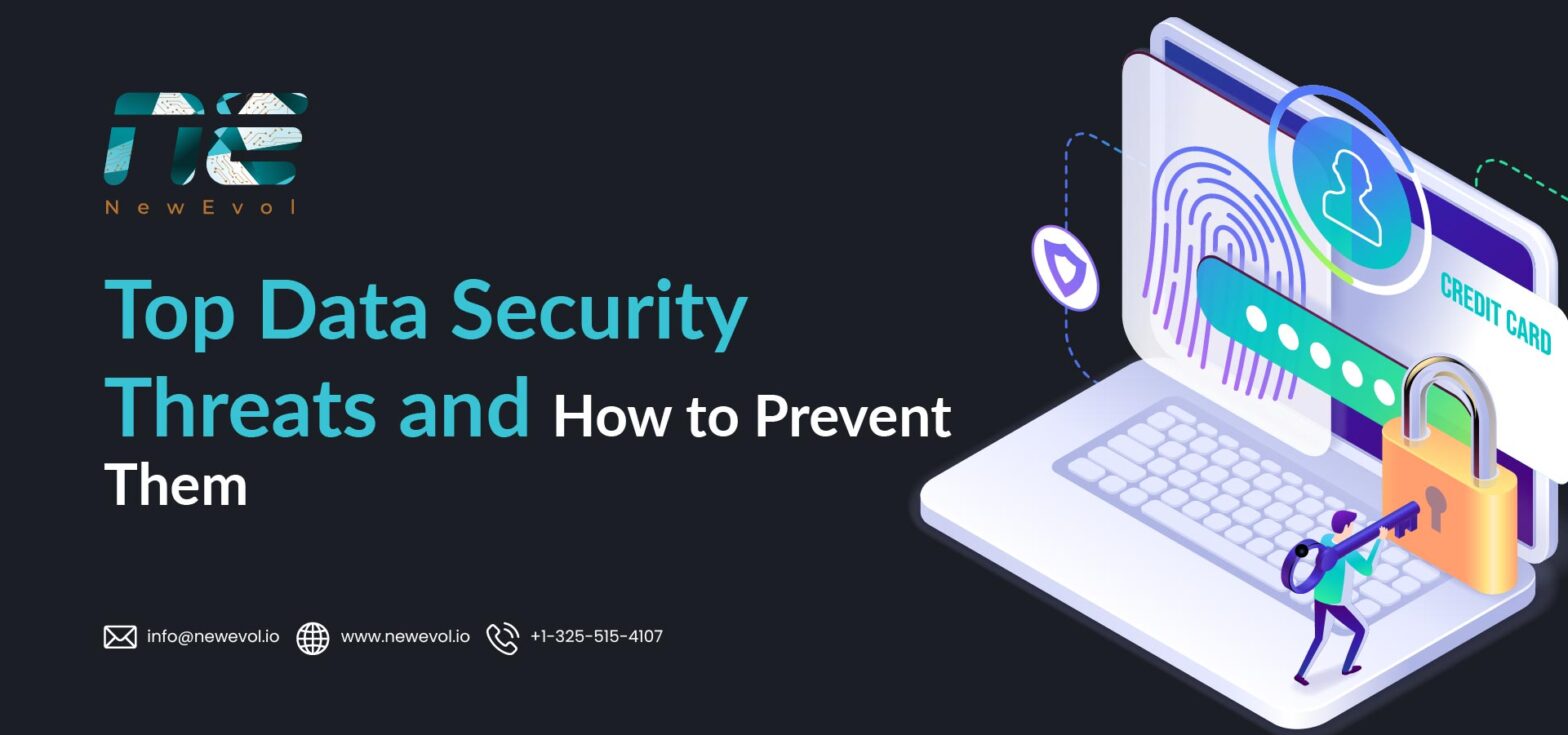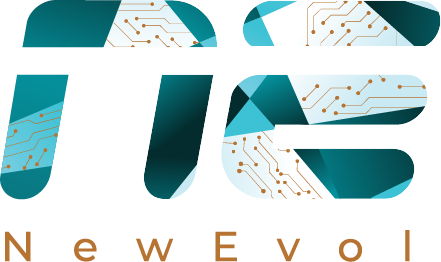Top Data Security Threats and How to Prevent Them

Data is at the heart of every Malaysian enterprise, from banks and telecoms to manufacturing and healthcare. But with digital transformation and cloud adoption on the rise, organizations face an increasing number of cyber threats.
Ransomware, phishing, insider threats, and cloud misconfigurations can disrupt operations, cause financial loss, and damage reputation. Preventing these attacks requires a mix of smart technology, strong policies, and employee awareness.
In this blog, we’ll explore the top data security threats in Malaysia and share practical strategies to help enterprises protect their most valuable asset: their data.
The Evolving Threat Landscape
Cyber threats in Malaysia are growing both in frequency and sophistication. Attackers are no longer opportunistic; they target specific industries, valuable data, and critical infrastructure.
- Local trends: Financial services, healthcare, manufacturing, and government agencies are frequently targeted due to sensitive data and operational impact.
- Global threats with local impact: Ransomware, phishing, and supply chain attacks continue to affect Malaysian enterprises as part of broader campaigns.
- Rising costs: Data breaches can result in significant financial loss, regulatory penalties, and reputational damage, especially with Malaysia’s evolving data protection regulations like PDPA.
In 2025, Malaysia saw 2,366 cyber incidents in H1 alone, with attacks targeting both organizations and critical infrastructure. Total 2024 incidents rose 43% to 4,626.
Top Data Security Threats
Malaysian enterprises face a variety of data security risks. The most critical threats in 2025 include:
1. Ransomware Attacks
Cybercriminals encrypt data and demand ransom, often targeting finance, healthcare, and critical infrastructure. Delayed detection can halt operations and incur heavy costs.
2. Phishing and Social Engineering
Attackers exploit human trust to steal credentials or deliver malware. Email phishing, SMS scams, and social engineering remain common entry points.
3. Insider Threats
Negligent or malicious employees can leak or misuse sensitive data. Insider threats are particularly challenging because they originate from trusted networks.
4. Cloud Security Misconfigurations
Misconfigured cloud storage, permissions, or SaaS apps can expose data publicly. Rapid cloud adoption in Malaysia increases this risk.
5. Advanced Persistent Threats (APTs)
Sophisticated groups target specific organizations over long periods, often for intellectual property theft or espionage.
6. Third-Party & Supply Chain Risks
Vendors, contractors, or partners with weak security practices can become indirect entry points for attackers.
7. IoT & Endpoint Vulnerabilities
Unpatched devices, weak passwords, and unsecured IoT endpoints can serve as gateways into enterprise networks.
Consequences of Data Breaches
Data breaches can have serious consequences for Malaysian enterprises, affecting finances, reputation, and operations:
- Financial Loss: Costs include ransom payments, regulatory fines under Malaysia’s PDPA, legal fees, and operational downtime.
- Reputational Damage: Customers may lose trust, leading to churn and reduced business confidence.
- Regulatory Penalties: Non-compliance with PDPA or sector-specific regulations can result in significant fines.
- Operational Disruption: Breaches can halt business processes, affecting productivity and revenue.
- Intellectual Property Theft: Sensitive business data, research, and designs may be stolen and misused.
Prevention Strategies
Protecting data requires a combination of technology, processes, and employee awareness. In Q1 2025, data breaches rose 29% QoQ, with a ransomware attack causing RM45M (~$10M) losses at Kuala Lumpur airport. Top attack vectors: ransomware, phishing, and insider threats.
Key strategies for Malaysian enterprises include:
- Strong Access Controls: Implement multi-factor authentication (MFA), role-based access, and least-privilege policies to limit exposure.
- Employee Awareness & Training: Conduct regular phishing simulations and social engineering exercises to reduce human error.
- Data Encryption & Backup: Encrypt sensitive data at rest and in transit, and maintain offline backups to recover from ransomware attacks.
- Patch Management & Vulnerability Scanning: Regularly update systems and scan for vulnerabilities to prevent exploitation.
- Secure Cloud Configuration & Monitoring: Ensure cloud services are configured securely and continuously monitored.
- Third-Party Risk Management: Vet vendors and partners for security compliance and monitor ongoing risks.
- Threat Intelligence & Monitoring: Use Threat Intelligence Platforms (TIPs) integrated with SIEM/SOAR tools to detect and respond to threats proactively.
Implementing these measures helps Malaysian enterprises prevent breaches before they happen rather than reacting after the damage is done.
Building a Data Security Culture
Technology alone isn’t enough — employees play a key role in protecting enterprise data. Building a strong security culture ensures everyone contributes to cybersecurity:
- Employee Engagement: Encourage staff to report suspicious emails or unusual activity without fear of blame.
- Regular Training: Conduct ongoing sessions on phishing, password hygiene, and secure handling of data.
- Clear Policies & Procedures: Provide simple guidelines for data access, sharing, and storage.
- Leadership Support: Executive buy-in reinforces the importance of security and ensures compliance across departments.
- Continuous Improvement: Review incidents, near-misses, and audits to refine practices and close gaps.
A proactive security culture turns employees from potential vulnerabilities into active defenders of enterprise data.
Practical Implementation Checklist
Malaysian enterprises can follow these steps to strengthen data security:
- Asset Inventory: Identify all sensitive data, endpoints, cloud services, and third-party connections.
- Access Control Review: Enforce least-privilege policies, multi-factor authentication, and role-based access.
- Cloud & System Hardening: Configure cloud services securely, apply patches, and disable unused ports/services.
- Employee Training: Conduct phishing simulations, social engineering awareness, and regular policy refreshers.
- Data Encryption & Backup: Encrypt data at rest and in transit, and maintain offline or immutable backups.
- Third-Party Security Assessment: Audit vendors and partners for compliance and security standards.
- Monitoring & Threat Intelligence: Deploy SIEM, SOAR, and TIPs to detect anomalies and automate responses.
- Incident Response Plan: Establish, test, and update procedures for containment, remediation, and reporting.
- Compliance Checks: Ensure adherence to Malaysia’s PDPA and any industry-specific regulations.
- Continuous Review: Regularly evaluate policies, tools, and employee practices to close gaps.
This checklist provides a practical roadmap for preventing top data security threats in Malaysian enterprises.
How NewEvol Helps
Protecting enterprise data in Malaysia requires expertise, integration, and continuous support. NewEvol helps organizations simplify data security with:
- Tailored Security Architecture: Solutions designed for Malaysian enterprises’ data volume, cloud usage, and regulatory requirements.
- SIEM, SOAR & TIP Integration: Ensures threat intelligence flows seamlessly into security operations for faster detection and response.
- Managed Security Services: 24/7 monitoring, alerting, and incident response handled by expert teams, reducing operational burden.
- Cloud Security & Compliance: Optimizes cloud configurations and ensures adherence to PDPA and industry-specific regulations.
- Threat Intelligence & Analytics: Provides actionable insights to detect ransomware, phishing, and advanced threats before they impact operations.
- Scalable & Cost-Efficient: Solutions grow with your organization, balancing security, performance, and cost.
Conclusion
Data security threats in Malaysia are evolving rapidly, targeting enterprises across finance, healthcare, manufacturing, and government sectors. A proactive, layered approach — combining technology, policies, employee awareness, and threat intelligence — is essential to protect sensitive data.
With integrated solutions like SIEM, SOAR, TIPs, and managed services from NewEvol, Malaysian enterprises can detect, respond to, and prevent breaches more effectively. Prioritizing both technology and culture ensures data is safeguarded, compliance is maintained, and organizations stay ahead of cyber threats.
FAQs
1. What are the major threats to data security?
Ransomware, phishing, insider threats, cloud misconfigurations, advanced persistent threats, supply chain risks, and unpatched endpoints.
2. What is the cybersecurity problem in Malaysia?
Malaysian enterprises face rising cyberattacks, rapid digitalization risks, and challenges in securing cloud environments and sensitive data under PDPA.
3. What are the information security threats encountered by Malaysian public sector data centers?
They face ransomware, phishing, insider misuse, third-party risks, and vulnerabilities in legacy systems and cloud infrastructures.
4. What are the 7 types of cybersecurity threats?
Ransomware, phishing/social engineering, insider threats, cloud misconfigurations, APTs, supply chain/third-party risks, and IoT/endpoint vulnerabilities.

